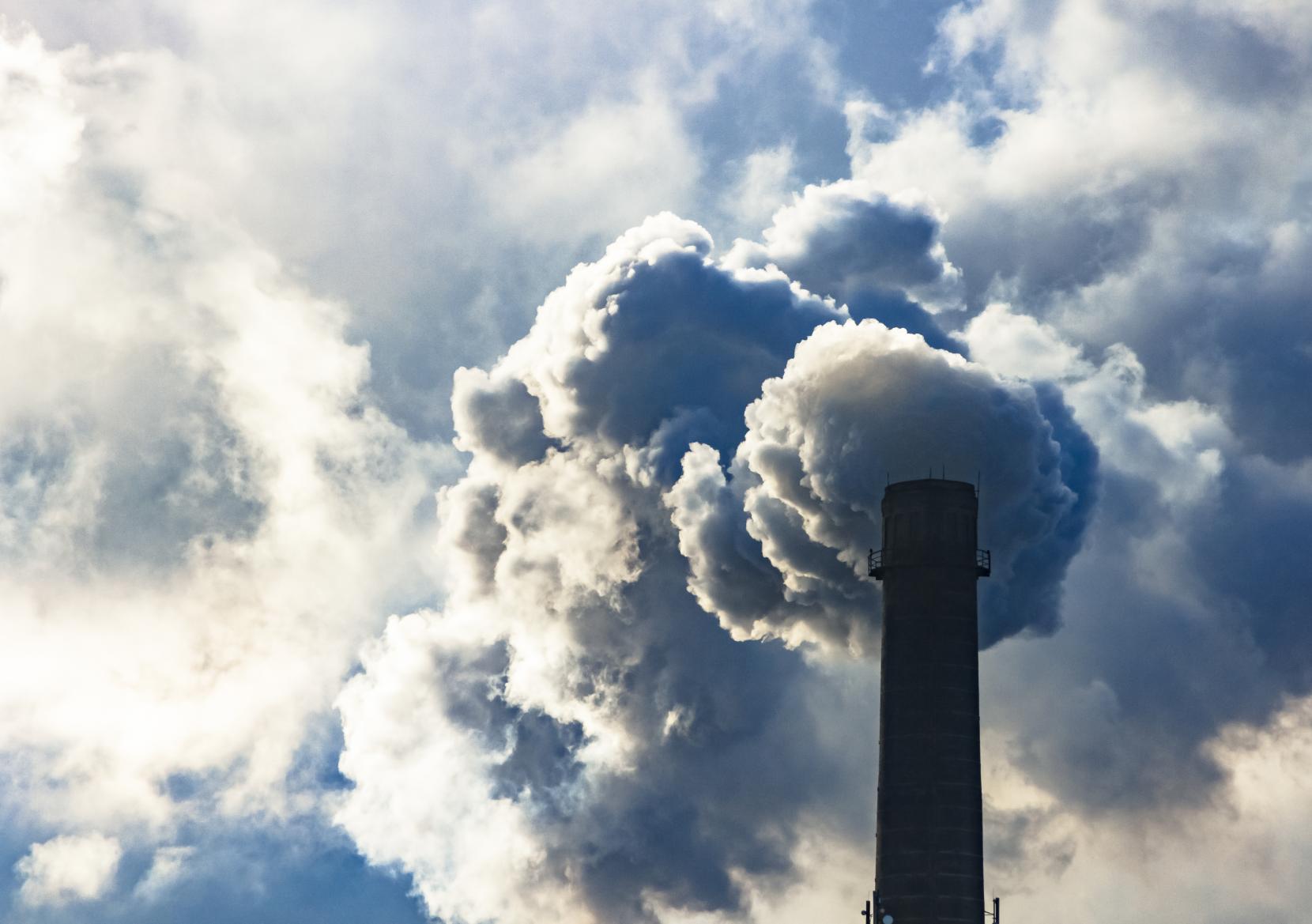Virginia’s already-approved program to cut carbon emissions needs budget restriction lifted
When it comes to addressing climate change caused by carbon emissions in Virginia, there’s good news and there’s bad news.
The good news is that a program that would limit greenhouse gas emissions across the Old Dominion already exists and is proven to be successful. The bad news? So far, the Virginia General Assembly has prevented its implementation through a restriction inserted into the state budget.
We’re talking about the state’s carbon cap-and-trade program, which is already finalized and could help Virginia become a leader in the South’s necessary reduction of carbon emissions. But before the program can officially be rolled out, the General Assembly needs to lift a self-imposed funding restriction.
“We know this program will work—significantly driving down emissions in an inexpensive way—and we know it will improve public health and Virginia’s economy,” says Attorney Nate Benforado. “We could be making real progress on climate change right now, but instead the program is collecting dust due to the budget restriction holding back about $200,000 to administer the program—a tiny fraction of Virginia’s $58 billion operating budget.”
Here’s what you need to know.
How does it work?
If a utility wants to burn fossil fuels—like coal or natural gas—at its power plant, it has to buy an allowance for each ton of carbon dioxide it produces. These allowances can be bought or sold in an existing auction run by the Regional Greenhouse Gas Initiative, or RGGI (pronounced like “Reggie”). Tapping into this existing cap-and-trade system helps keep costs low.
The number of available allowances is reduced each year so, after 10 years, Virginia power plants will be emitting 30 percent less carbon dioxide into the air. Carbon dioxide is the leading cause of climate change, with one of the largest sources in Virginia coming from burning fossil fuels to generate electricity.
Do Virginians support taking action on carbon dioxide emissions?
Yes.
Approximately 70 percent of Virginians support setting strict carbon dioxide limits on coal-fired plants, according to surveys and analysis by the Yale Program on Climate Change Communication.
Will this program succeed?
Yes.
Cap-and-trade works. Just look at the states that have already been participating in RGGI, where carbon dioxide emissions are falling 90 percent faster than the rest of the country, for an overall reduction of 470 percent over the last decade.
“It’s not a new idea,” says Benforado. “Just a few decades ago, we implemented a cap-and-trade program for nitrogen oxides and sulfur dioxides, and now the acid rain that had been harming and killing fish, wildlife, and forests in the United States is largely a thing of the past.”

How will this program help Virginia’s health and environment?
Virginia should see immediate public health and productivity benefits due to reductions in harmful pollutants and particulate matter in the air. Like those states already participating in RGGI, we can expect fewer premature deaths, hospital visits, and lost work or school days associated with asthma and other respiratory illnesses, strokes, and heart attacks.
In just the first six years of RGGI’s existence, already-participating states have benefited by an estimated $5.7 billion due to improved public health—and in the longer term, as more countries, states, and cities implement climate solutions, we should see improvements in the extreme weather and flooding that is already affecting Virginia.
What does this program mean for Virginia’s economy?
Savings!
Over the first decade of RGGI, it’s estimated that participating states have experienced net economic benefits of $4 billion.
While elsewhere in the country retail electricity prices are rising, prices in RGGI states have decreased by 5.7 percent on average from 2008 to 2017, thanks to investments in energy efficiency programs and cheap renewable energy. Dominion Energy, the largest utility in Virginia, has said that if the state had started the program in 2019, the first year alone could have resulted in a $7.8 million credit to customers.
What can I do to help?
Contact your delegates and senators by signing our petition. Tell them you support this program because it will benefit Virginia’s economy, improve public health, protect clean air, and is an inexpensive step we can take to start addressing climate change now.
